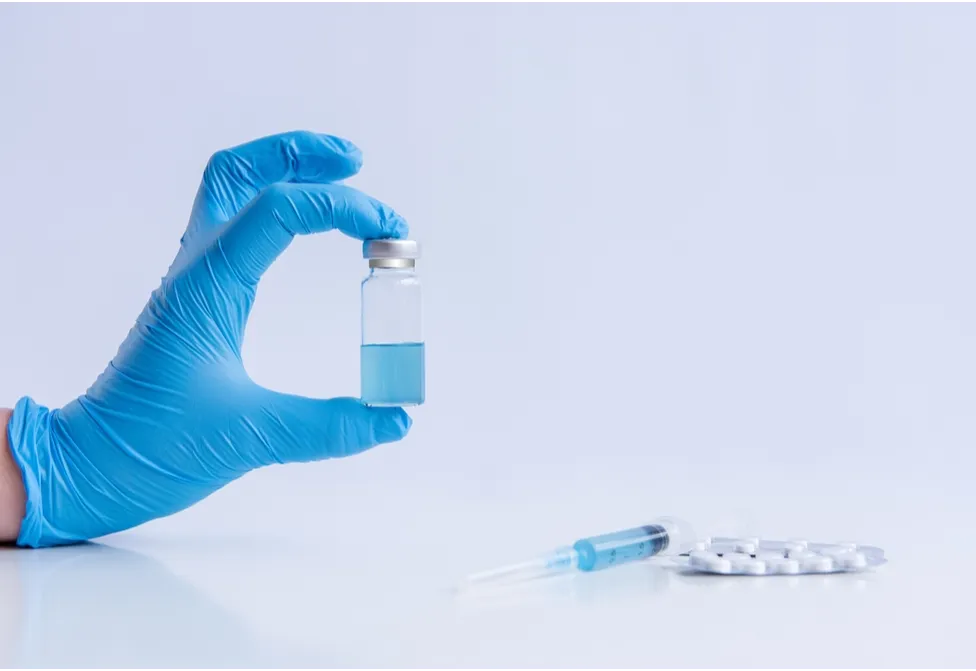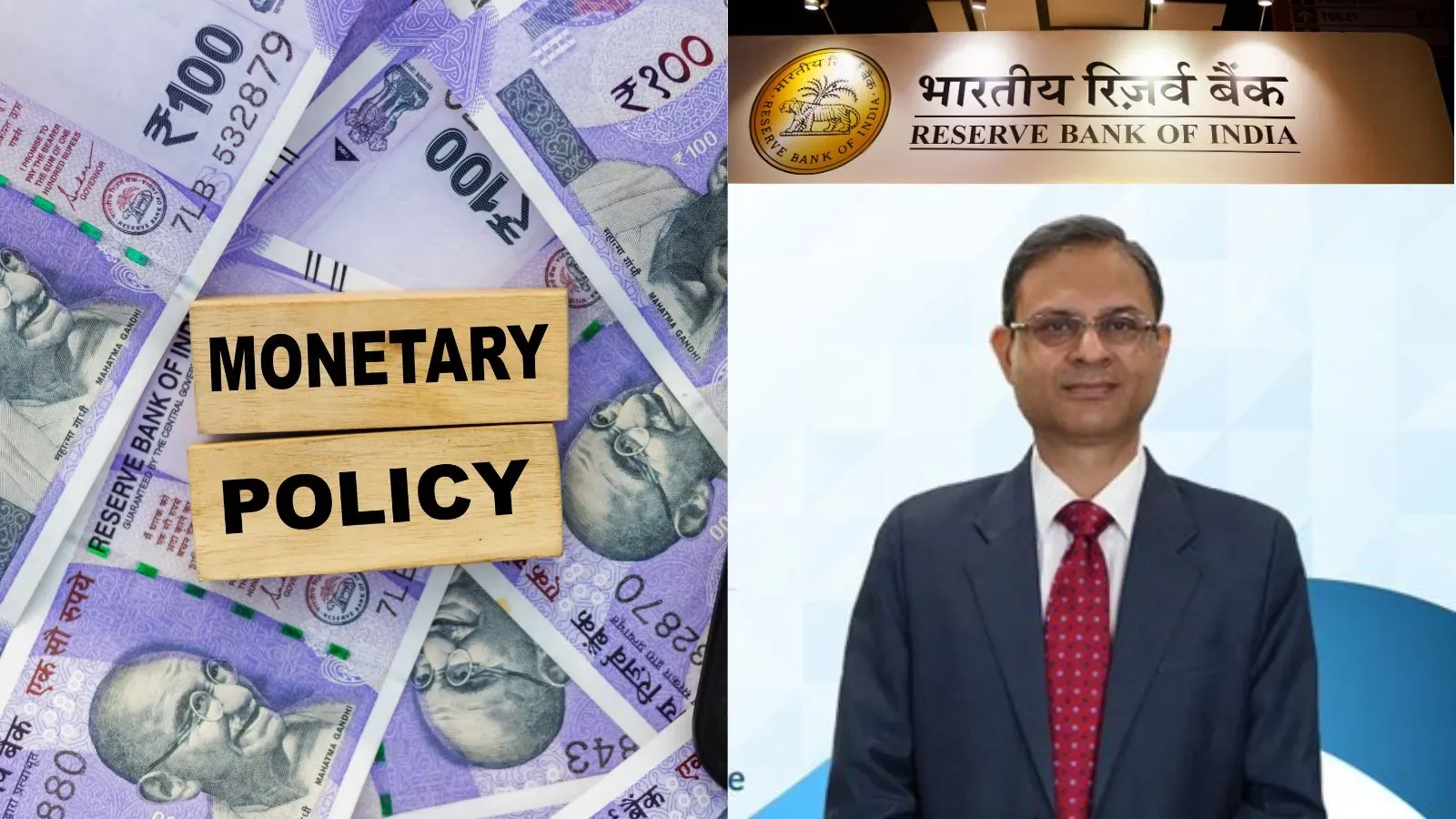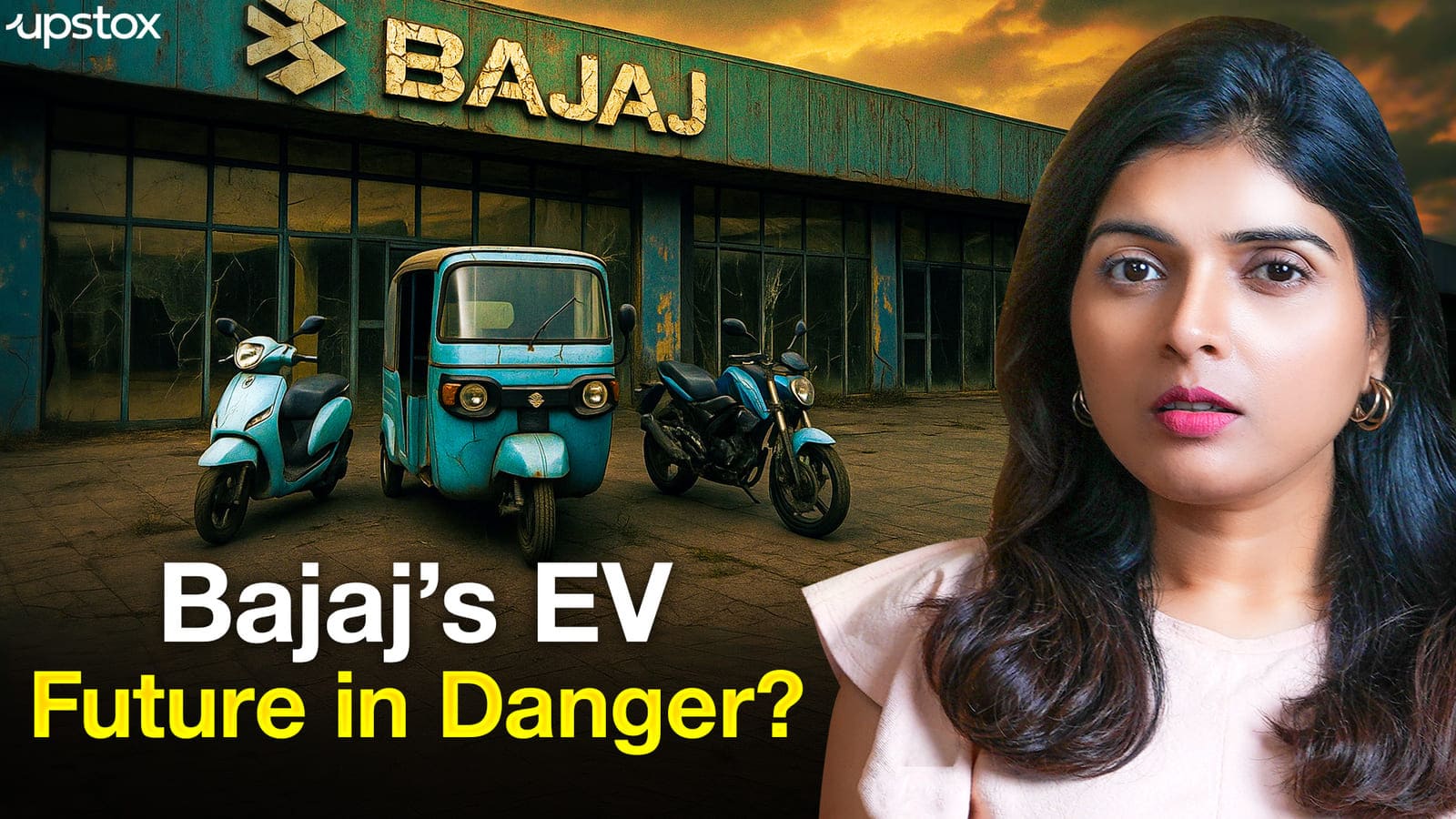Business News
Mpox outbreak: WHO calls for vaccine production surge as disease sparks global alarm
.png)
3 min read | Updated on August 17, 2024, 10:53 IST
SUMMARY
Vaccines are needed to address a more dangerous strain of the virus, which has compelled the WHO to issue a global alert. Currently, two prominent vaccines are administered against Mpox -- LC16 manufactured by Japan's KM Biologics, and MVA-BN produced by Denmark's Bavarian Nordic.

The WHO, on August 14, declared a global health emergency after the upswing in Mpox cases in Congo and other African countries
A couple of days after sounding alarm over the outbreak of Mpox, the World Health Organisation (WHO) called for an increase in the production of vaccines to control its spread.
The global health body on Friday, August 16, urged vaccine manufacturers to ramp up production and increase the supplies to countries in Africa, which are worst-affected by Mpox so far.
"We do need the manufacturers to really scale up so that we've got access to many more vaccines," reports quoted WHO spokeswoman Margaret Harris as saying.
Vaccines are needed to address a more dangerous strain of the virus, which has compelled the WHO to issue a global alert. Currently, two prominent vaccines are administered against Mpox -- LC16 manufactured by Japan's KM Biologics, and MVA-BN produced by Denmark's Bavarian Nordic.
According to Harris, around 500,000 MVA-BN doses are in stock, and an additional 2.4 million doses could be manufactured at an accelerated pace, in case of a firm commitment from the buyers.
On Wednesday, the WHO said the upsurge of Mpox in the Democratic Republic of the Congo (DRC) and a growing number of countries in Africa constitutes a public health emergency of international concern (PHEIC) under the International Health Regulations (2005) (IHR).
Risk low in India?
The risk for an upsurge of Mpox, once known as monkeypox, infection is very low in India at the moment and there is no need to panic, sources in the health ministry told news agency PTI.
The sources added that the last case of monkeypox in India was reported from Kerala in March this year.
According to official data, 30 laboratory confirmed cases of monkeypox since 2022 have been reported in India since 2022.
The health ministry might write to points of entry such as airports, seaports to be alert and vigilant and deal with suspected cases of monkeypox as per the guidelines in terms of isolation and treatment, an official source told PTI.
"At the moment, the risk of a surge in monkeypox infection is very low in India and there is no need to panic," the source was quoted as saying.
What are the symptoms, how it spreads
Monkeypox typically manifests itself with fever, rash and swollen lymph nodes and may lead to a range of medical complications. It is usually a self-limited disease with symptoms lasting for two to four weeks.
The 'Guidelines on Management of Monkeypox Disease' issued by the Centre in 2022 stated that human-to-human transmission occurs primarily through large respiratory droplets generally requiring prolonged close contact.
It can also be transmitted through direct contact with body fluids or lesions, and indirect contact with lesion material such as through contaminated clothing or linen of an infected person. Animal-to-human transmission may occur by bite or scratch of infected animals or through bush meat preparation.
The incubation period is usually from six to 13 days and the case fatality rate of monkeypox has historically ranged up to 11 per cent in the general population and higher among children. In recent times, the case fatality rate has been around three to six per cent.
The symptoms include lesions which usually begin within one to three days from the onset of fever, lasting for around two to four weeks and are often described as painful until the healing phase when they become itchy. A notable predilection for palm and soles is characteristic of monkeypox, the guidelines stated.
By signing up you agree to Upstox’s Terms & Conditions
About The Author
Next Story

